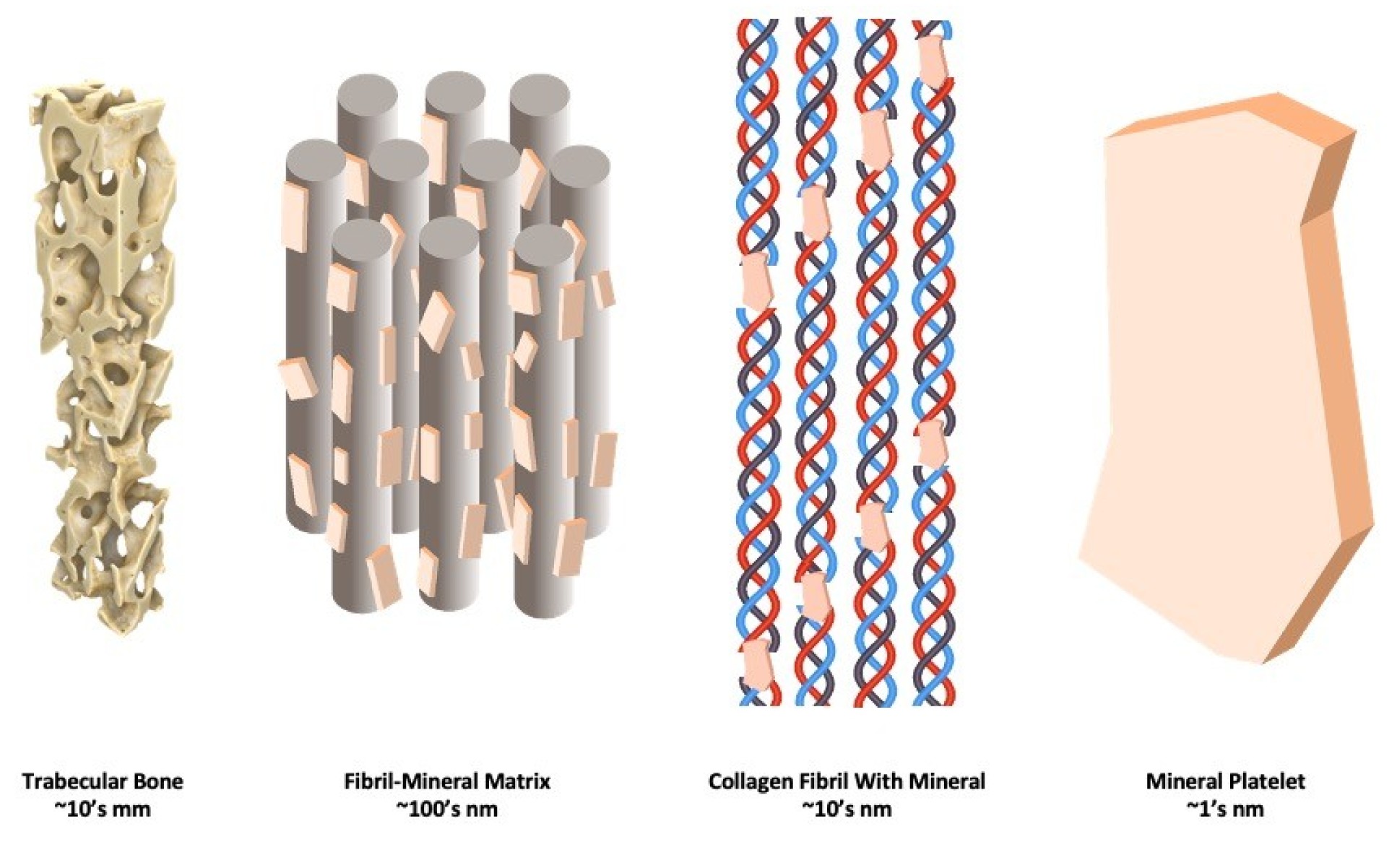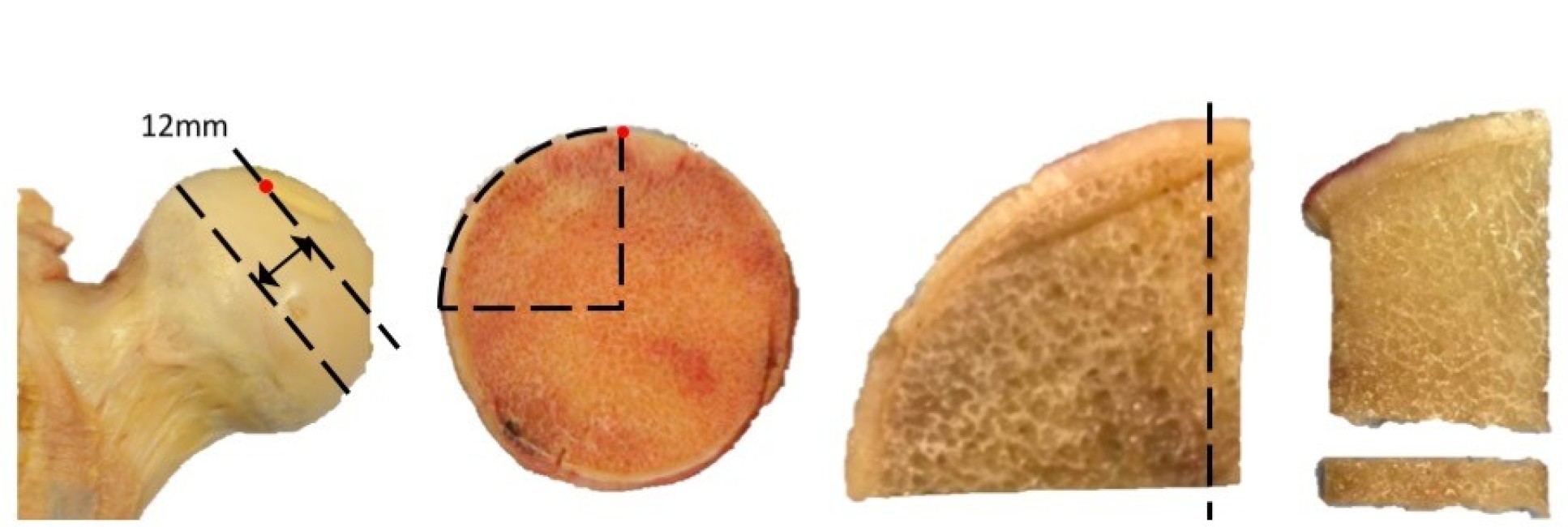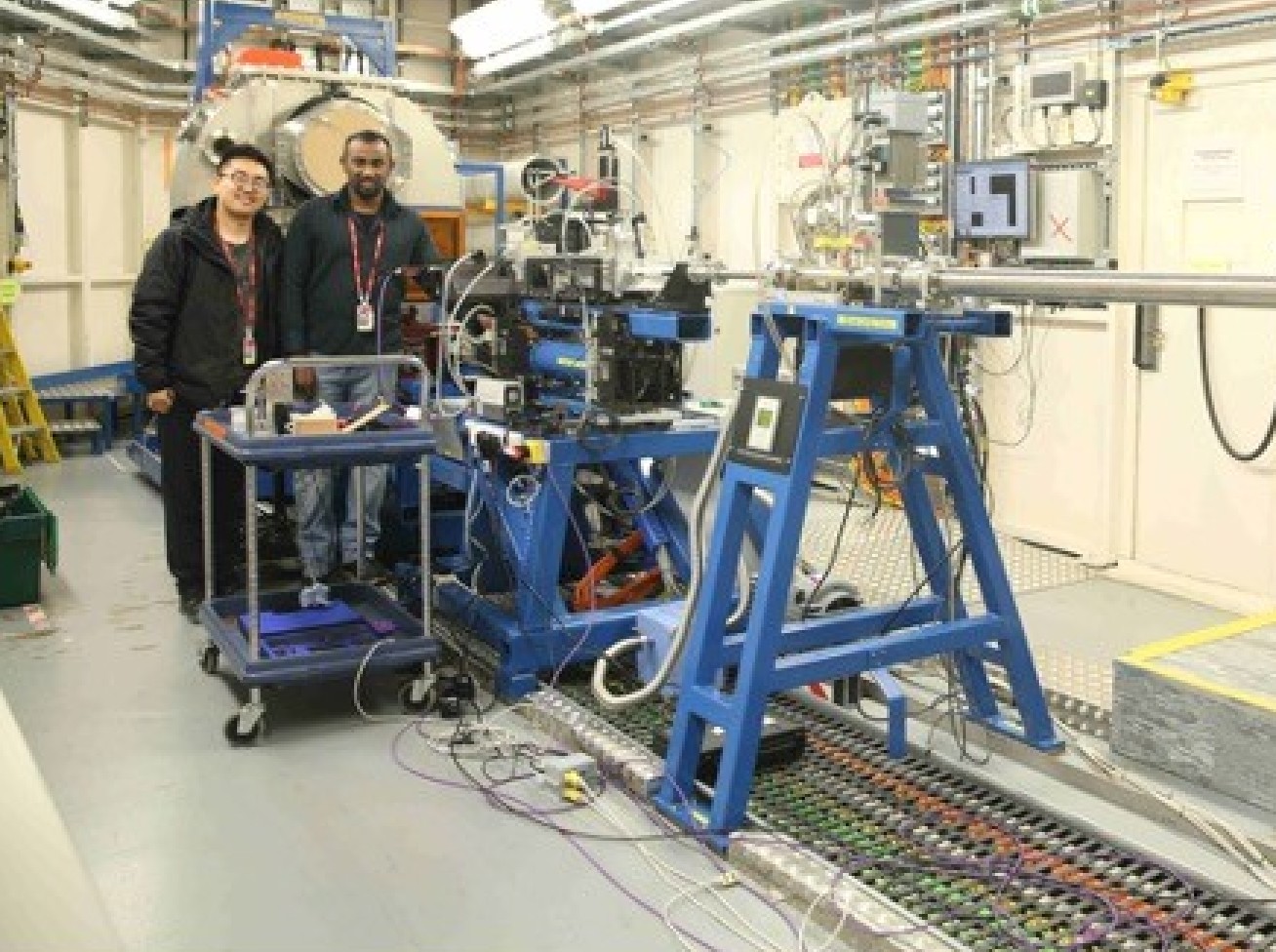Hip fracture risk linked to nanoscale bone inflexibility
New research has highlighted a preventative treatment gap in patients prone to bone fractures who are otherwise healthy.
The study led by Imperial College London found that flexibility, as well as density, in the bone nanostructure is an important factor in how likely someone is to suffer fractures.
The findings suggest that doctors should look not only at bone density, but also bone flexibility, when deciding how to prevent bone breakages.
They are published in Scientific Reports.
We tend to think of our bones as solid, hard support structures, but flexibility appears to be extremely important in bone health. Dr Ulrich Hansen Department of Mechanical Engineering
Clinicians use DEXA scans, which look at how porous or dense bones are, to assess the likelihood of fractures. DEXA scans detect bone weakness in osteoporosis, a condition that causes weakened bones, and to inform treatments like prescribing the medicine bisphosphonate to prevent fractures in at-risk people.
However, some people whose bones seem healthy on DEXA scans are more likely than others to suffer fractures.
To find out why, the researchers looked to the building blocks of bone: stiff minerals surrounding flexible collagen fibrils, which are responsible for our bones’ resistance to fracture during trips and falls.
They used high energy intense beams of X-rays generated by Diamond Light Source, the UK’s national synchrotron, to examine bone flexibility at the nanoscale. They were able to assess how the collagen and minerals within bone flex and then break apart under load in the nanostructure of hip bone samples.

They compared the behaviour of the bone tissue samples under load between three groups of donors: those who had not suffered a hip or any other fracture (control group); those without a bisphosphonate treatment history who had suffered a fractured hip; and those with a bisphosphonate treatment history who had suffered a fractured hip.
We need to build on the existing treatment framework with new diagnostics, therapies and follow ups that address nanoscale bone health – and address the collagen, not just the mineral. Dr Richard Abel Department of Surgery and Cancer
The team found that donors without fractures were more likely to have flexible collagen and mineral nanostructures than those with who had suffered fractures.
They also found that donors with hip fractures who had received bisphosphonates for between one and 13 years had lower tissue strength and nanoscale flexibility than the untreated fracture donors and controls.
Irrespective of bisphosphonate treatment, the collagen and minerals were less flexible under load in patients with fractures, meaning the mineral broke away from the collagen at much lower forces.
The researchers say the bones may have fractured because the tissue was too inflexible and could not deform to absorb energy during a bump or fall – and that this highlights the importance of flexibility in the collagen and minerals of bone.
Therefore, nanoscale flexibility could help to predict future bone fractures – a finding that could inform preventative treatment.

Study co-author Dr Ulrich Hansen, of Imperial’s Department of Mechanical Engineering, said: “We tend to think of our bones as solid, hard support structures, but flexibility appears to be extremely important in bone health. If bones are too hard, they are less able to absorb impact and more likely to break. Our study suggests that flexibility could be just as important as density in preventing fractures.”
Osteoporosis link
One of the main risk factors for age-related hip fractures is osteoporosis, a disease where bone density is lost leaving patients prone to fractures. Usually, old bone tissue is broken down and replaced with new tissue. Osteoporosis occurs when the breaking down of bone outpaces its replacement.
In patients who have taken bisphosphonates for a long time the mineral could become too stiff, causing it to break away from the collagen. This releases the collagen and allows it to stretch uncontrollably, which results in a fracture. Dr Shaocheng Ma Department of Mechanical Engineering
Three million people in the UK and 200 million worldwide live with osteoporosis. Patients are often given bisphosphonate, which addresses this imbalance by binding to the surface of bones and blocking bone removal.
Bisphosphonates are clinically proven to reduce the risk of fractures by increasing bone mass and mineral density as well as filling pits created by overactive bone cells. The researchers say their results could be because in some bisphosphonate users, the drug might bind itself to and harden the mineral crystals that surround the collagen fibers within bone. The hardening could make bone less flexible and therefore less able to absorb impact.
However, the findings could also be a result of the patients’ bones being more osteoporotic in the first place, and these results could be because the researchers couldn’t control for additional factors like initial disease severity.
A call for flexibility
Co-author Dr Richard Abel from the Department of Surgery and Cancer said: “We were surprised to see that bisphosphonate users seemed to have less flexible bone nanostructures. Perhaps after a long period of treatment in some patients, there is a loss of flexibility at the nanoscale that offsets some of the strength benefits from increases in bone density. More research

is needed to determine exactly why this is and how this could affect clinical practice in long-term users.
“We need to build on the existing treatment framework with new diagnostics, therapies and follow ups that address nanoscale bone health – and address the collagen, not just the mineral. That way we can treat everyone in the best way possible.”
Lead author Dr Shaocheng Ma from the Department of Mechanical Engineering said: “It’s possible that the amount of mineral strain is key in setting off the fracture process. However, in patients who have taken bisphosphonates for a long time the mineral could become too stiff, causing it to break away from the collagen. This releases the collagen and allows it to stretch uncontrollably, which results in a fracture.”
The researchers say that people who are taking bisphosphonates should continue to follow the advice of their doctors and seek a review of treatment after five and ten years as per clinical guidelines.

This study was funded by the Science and Technology Facilities Council (STFC), The Royal Osteoporosis Society, the Michael Uren Foundation, and the Dr Mortimer & Theresa Sackler Foundation.
Credits:
Main video & image: Tabitha Ta, Imperial College London
Image 2: Shaocheng Ma, Imperial College London
Image 3: Richard Abel, Imperial College London
Image 4: Richard Abel, Imperial College London
Image 5: Diamond Light Source
“Nanoscale mechanisms in age?related hip?fractures” by Shaocheng Ma, En Lin Goh, Tabitha Tay, Crispin C. Wiles, Oliver Boughton, John H. Churchwell, Yong Wu, Angelo Karunaratne, Rajarshi Bhattacharya, Nick Terrill, Justin P. Cobb, Ulrich Hansen, & Richard L. Abel, published 26 August 2020 in Scientific Reports.
Article supporters
Article text (excluding photos or graphics) © Imperial College London.
Photos and graphics subject to third party copyright used with permission or © Imperial College London.
Reporter
Caroline Brogan
Communications Division